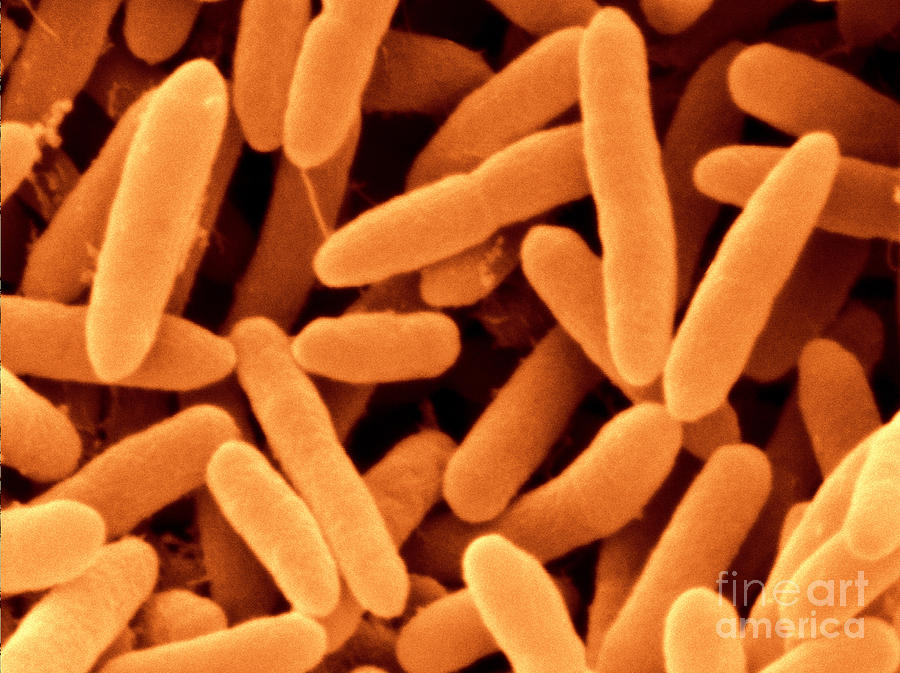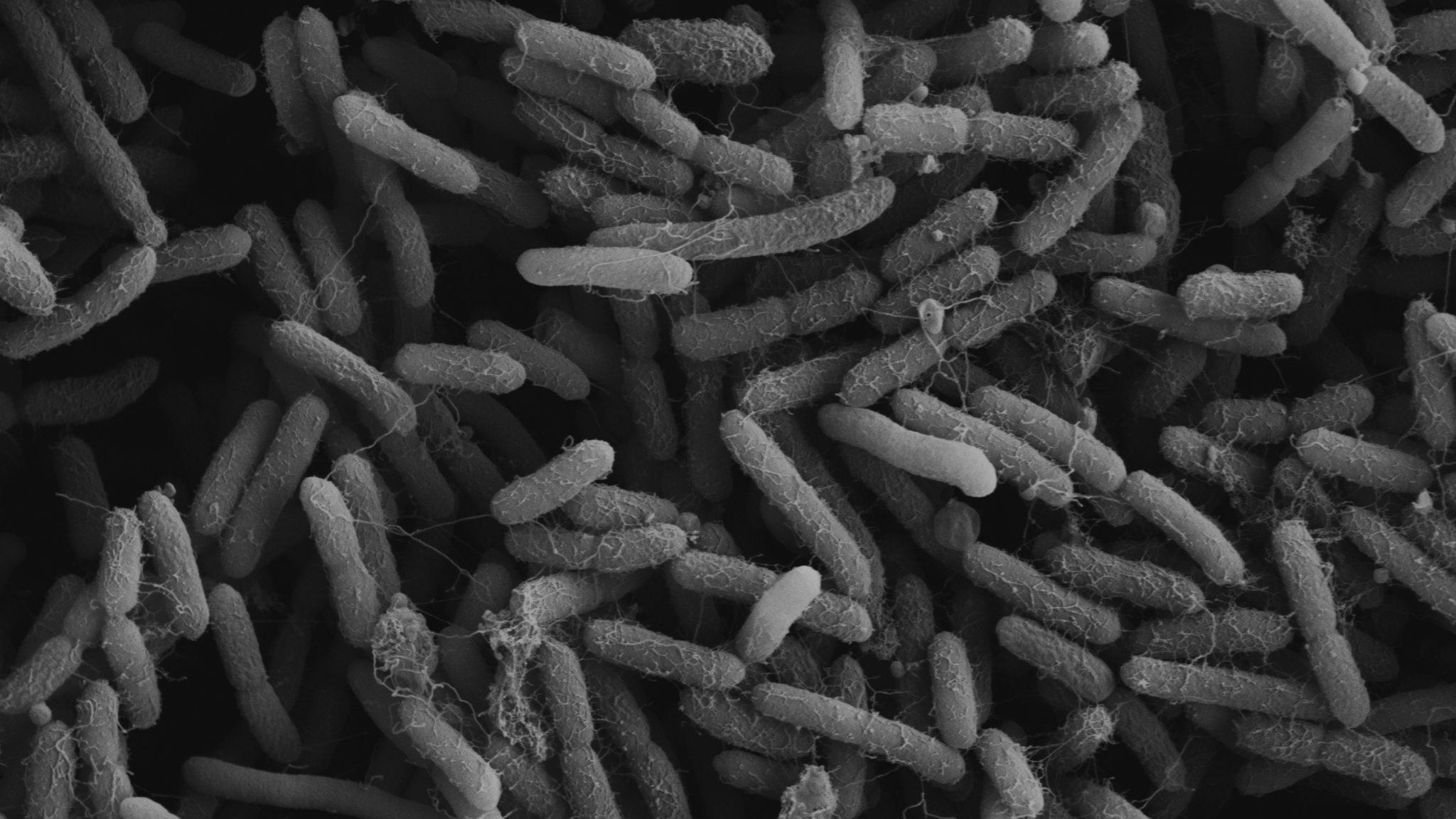Who Else Wants Info About How To Avoid Pseudomonas Aeruginosa

Advice is also given on what to take precautions with but allow e.g.
How to avoid pseudomonas aeruginosa. Aeruginosa) is a ubiquitous microorganism that causes different types of infections, primarily in immunosuppressed patients, critical care patients, or those with comorbidities []. As such, there is renewed interest in using bacteriophages as a therapeutic. Pseudomonas infections can occur when the immune system is already weakened.
When to see a provider. It also thrives in moist. Pseudomonas infections are diseases caused by a bacterium from the genus pseudomonas.
You can get these infections in different parts of your body. Aeruginosa strain and choosing the right option for mdr/xdr p. Pseudomonas aeruginosa is the most common.
Pseudomonas aeruginosa is a major nosocomial pathogen that causes severe disease including sepsis. Hot tubs, swimming in stagnant ponds. The bacteria are found widely in the environment, such as in.
What are the risk factors? Pseudomonas aeruginosa can resist high concentrations of salt, dyes, weak antiseptics, and many commonly used antibiotics. Pseudomonas infections can occur when the immune system.
Most pseudomonads known to cause disease in humans are associated with opportunistic infections. Aeruginosa strains showed decreased resistance to antibiotics. Chemical preservatives can be used as appropriate to suppress the growth of p.
Skin and soft tissue infections caused by pseudomonas aeruginosa are common acquired diseases in postpartum care. Pseudomonas aeruginosa is a naturally occurring bacterium that lives in soil, water, and plants. Going to the dentist, drinking water.
Who is at risk. The bacteria have evolved (changed in response to treatments), so certain antibiotics that would typically treat the condition no longer work ( antibiotic resistance ). Pseudomonas is a group of bacteria that can cause various types of infections.
Prior studies have implicated the natural products salicylic acid, cinnamaldehyde and other related benzaldehyde derivatives as inhibitors of qs in the opportunistic pathogen pseudomonas aeruginosa, yet we lack an understanding of the mechanisms by which these compounds function. How to manage pseudomonas aeruginosa infections. Bacteria can develop phage resistance by modifying the targeted surface receptor preventing.
Pseudomonas aeruginosa ( p. You can get pseudomonas infections in many ways. Many methods have been developed in recent years for detecting p.


















